Public debt skyrockets to Rs31.8tr in FY19
Debt addition in PTI’s first year equal to 66% of borrowing made by PML-N in five years
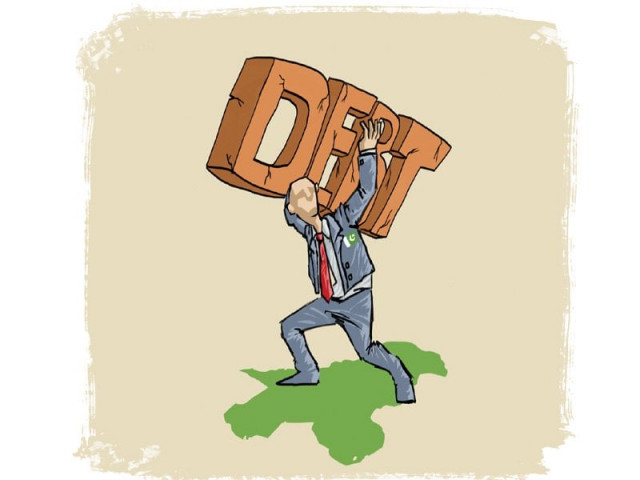
ILLUSTRATION: JAMAL KHURSHID
The addition to public debt in the previous fiscal year was also more than the total public debt that the Pakistan Peoples Party (PPP) government added in five years (2008-2013), showed figures released by the State Bank of Pakistan (SBP) on Friday. The PPP added Rs6 trillion to the debt in five years.
The central government’s total debt surged to Rs31.8 trillion with net addition of Rs7.6 trillion from July through June of the last fiscal year, reported the SBP. The central government’s debt increased at an alarming pace of 31.3% due to shortfall in tax collection, uncontrolled expenditures on debt servicing and defence, and depreciation of the currency.
Govt adds Rs3.9tr to public debt in 10 months of FY19
The liabilities that the PTI government added in the past one year were not part of the central government’s total debt of Rs31.8 trillion.
Out of the Rs7.6 trillion additional public debt, the government of Prime Minister Imran Khan added Rs7.1 trillion from August 2018 to June 2019. PM Imran took the oath of office in August last year. The increase in public debt under his government was 28.8%.
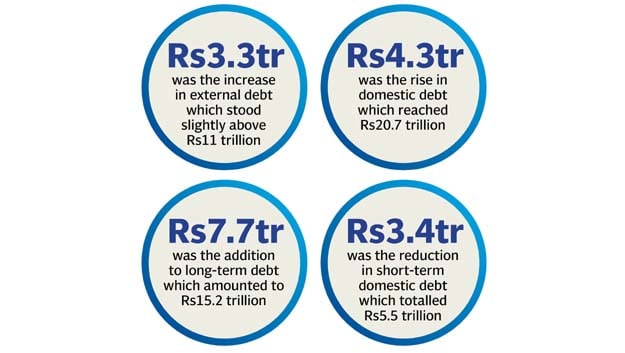
The increase in public debt in 11 months of the PTI government was equal to 66% of the debt that the Pakistan Muslim League-Nawaz (PML-N) added in five years. The increase in the public debt in FY19 was the highest in the 72-year history of Pakistan.
PM Imran has been very critical of the economic policies followed by the PPP and PML-N governments and has set up the Debt Inquiry Commission to investigate the reasons behind the addition of Rs18 trillion to the debt stock in 10 years.
However, at the current pace, it seems that the PTI government may double the debt stock of the country within five years.
The accumulation of debt is a direct result of the gap between expenditures and revenues, which is widening due to the inelasticity of debt servicing and defence needs and the Federal Board of Revenue’s (FBR) failure to enhance revenue collection. A steep currency depreciation also contributed to the central government’s debt.
The FBR sustained a record Rs580-billion shortfall in tax revenues in the last fiscal year but the prime minister did not hold anybody accountable.
Public debt swells to Rs28.6tr by March-end
The overall increase in the central government’s debt was not in line with the budget deficit, which was expected to remain around Rs3.3 trillion in the last fiscal year.
The external debt of the central government increased 41.8% to slightly above Rs11 trillion in the last fiscal year. There was a net increase of Rs3.3 trillion in the external debt, largely due to currency depreciation and current account deficit financing.
In June 2018, the value of the dollar was equal to Rs121.54, which reached Rs163.1 by the end of June 2019, according to the central bank.
The Rs11-trillion external debt does not include loans of $5 billion obtained from Saudi Arabia and the United Arab Emirates. These loans are the responsibility of the central bank.
The federal government’s total domestic debt increased to Rs20.7 trillion, an addition of Rs4.3 trillion or 26.2% in the last fiscal year.
The long-term debt stock more than doubled within a year, which increased from Rs7.5 trillion to Rs15.2 trillion by the end of June 2019.
As per expectations, the short-term debt dropped in anticipation of the International Monetary Fund (IMF) deal, which imposed restriction on borrowing from the central bank.
In June last year, the short-term domestic debt stood at Rs8.9 trillion, which decreased to Rs5.5 trillion - a reduction of 38% or Rs3.4 trillion. The short-term debt reduction was replaced by long-term borrowing.
The federal government’s debt acquired through the sale of Market Treasury Bills (MTBs) to commercial banks decreased from Rs5.3 trillion to Rs4.9 trillion despite an overall increase in public debt.
The government’s total borrowing from the central bank fell from Rs3.6 trillion to just Rs571 billion.
Published in The Express Tribune, August 10th, 2019.
Like Business on Facebook, follow @TribuneBiz on Twitter to stay informed and join in the conversation.



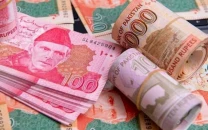

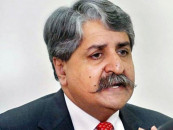
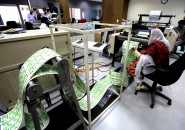
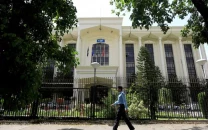


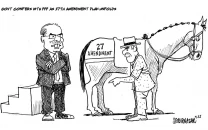

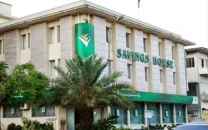






COMMENTS
Comments are moderated and generally will be posted if they are on-topic and not abusive.
For more information, please see our Comments FAQ